Overview:
The Spanish flowers are known for their vibrant colors and unique beauty. These flowers have a rich cultural significance in Spain and have been used for centuries in art, literature, and festivals. Spanish flowers are also known for their symbolism and are used to convey different meanings depending on the occasion.
Historically, Spanish flowers have been used in many different ways. In ancient times, they were used for medicinal purposes and were believed to have healing properties. Later, Spanish flowers became popular in art and literature, inspiring many famous works of art and poetry. Today, Spanish flowers are an important part of Spanish culture and are used in festivals and celebrations throughout the country.
Historical Significance Of Spanish Flowers:
Flowers have played a significant role in the culture of Spanish-speaking nations, dating back to pre-Columbian times. In these civilizations, flowers were not only valued for their ornamental beauty but also for their medicinal properties. The Aztecs, for example, used flowers in their religious ceremonies and as offerings to their gods. They also used flowers for medicinal purposes, such as treating fevers and other ailments.
During the Spanish colonial period, flowers continued to play an important role in the culture. The Spanish brought with them a love of flowers and gardening, which they passed on to the indigenous people. The gardens they created were not only ornamental but also served practical purposes, such as providing food and medicine.
Today, flowers continue to be an important part of Spanish culture. They are used in religious ceremonies, such as the Day of the Dead in Mexico, and in festivals and celebrations throughout the Spanish-speaking world. Flowers are also used in traditional medicine, such as in the use of chamomile tea to aid digestion and promote relaxation.
Some of the most significant flowers in Spanish culture include the red carnation, which is the national flower of Spain. The carnation has been a symbol of love and devotion since ancient times and is often used in religious ceremonies. Other significant flowers include the poppy, which is the national flower of Catalonia, and the oleander, which is a common shrub in southern Spain.
Overall, Spanish flowers have a rich history and continue to be an important part of the culture. Whether used for religious ceremonies, festivals, or traditional medicine, flowers are a symbol of the beauty and resilience of Spanish culture.
Spanish Flowers In Art And Culture:
Spain is a country with a rich cultural heritage, and flowers have played a significant role in Spanish art and culture. Spanish painters such as Diego Velázquez, Francisco de Zurbarán, and Pablo Picasso have all included flowers in their paintings, often using them as symbols of love, beauty, and mortality.
The carnation holds a special place in Spanish culture. It serves as the national flower of Spain and has deep roots in the country’s history and traditions. Spaniards have used the carnation in their celebrations and festivals for centuries, and it has a strong association with the Spanish tradition of bullfighting. Bullfighters traditionally wear a carnation in their lapel as a symbol of good luck.
Another flower that is closely tied to Spanish culture is the red poppy. In Spain, people wear the red poppy as a symbol of remembrance for fallen soldiers on Remembrance Day, which they celebrate on November 11th. They also use the flower in the recitation of the Spanish version of the poem “In Flanders Fields” during Remembrance Day ceremonies.
Flowers are also a common motif in Spanish folk art, particularly in the form of embroidered textiles. People often use traditional Spanish embroidery to decorate clothing, tablecloths, and other household items with flowers like roses, lilies, and poppies.
In conclusion, flowers have played a significant role in Spanish art and culture for centuries. Flowers have represented many different aspects of Spanish life and traditions, from the carnation, the national flower of Spain, to the red poppy, a symbol of remembrance.
Significance Of Spanish Flowers In Festivals:
Flowers play a significant role in the festivals and traditions of Spanish-speaking countries. In fact, many festivals and events center around the beauty and symbolism of flowers. Here are a few examples of how Spanish flowers are used in festivals.
Temps De Flors:
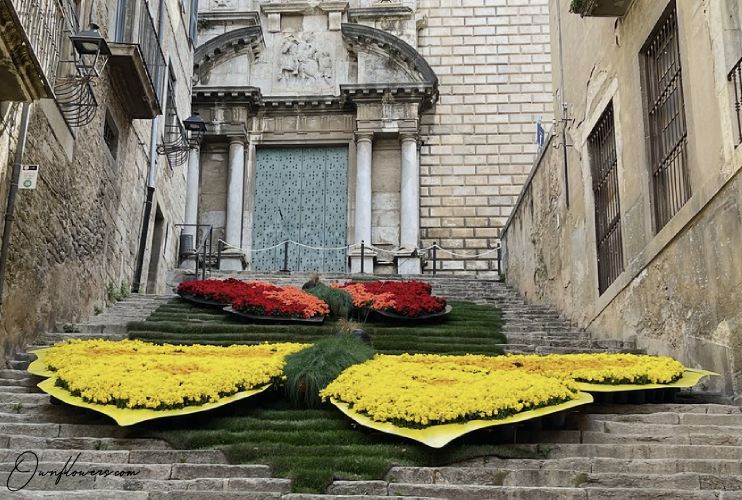
Ownflowers.com
One of the most popular flower festivals in Spain is the Temps de Flors in Girona. Every year in May, thousands of visitors from all over the world attend this festival. During the festival, the streets of Girona transform into a colorful and fragrant garden, with floral displays and installations adorning every corner. UNESCO has declared the festival an Intangible Cultural Heritage.
Fiesta De La Cruz:
Many Spanish-speaking countries, including Spain, Mexico, and Peru, celebrate the Fiesta de la Cruz, a religious festival dedicated to the Holy Cross, on May 3rd. During the festival, people decorate crosses with flowers and then display them in public squares and churches. This festival holds significant importance in these countries.

Ownflowers.com
Dia De Los Muertos:
Dia de los Muertos, or Day of the Dead, is a Mexican holiday that honors deceased loved ones. One of the most iconic symbols of the holiday is the marigold flower, or cempasúchil in Spanish. According to tradition, the bright orange petals of the marigold help guide the spirits of the dead back to the world of the living.
Feria de Abril:
The Feria de Abril is a week-long festival that takes place in Seville, Spain, every April. People know the festival for its colorful and lively atmosphere, with both locals and tourists dressing up in traditional flamenco attire and dancing the night away. One of the most important aspects of the festival is the decoration of the casetas, or tents, with flowers and other decorations.
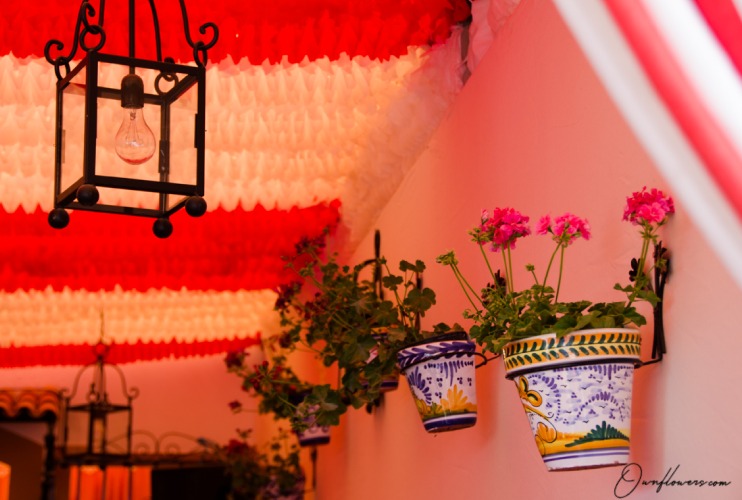
Ownflowers.com
Overall, Spanish flowers are an integral part of the culture and traditions of Spanish-speaking countries. Whether it’s the beauty of the Temps de Flors festival or the symbolism of the marigold in Dia de los Muertos, flowers play a vital role in the celebrations and rituals of these vibrant cultures.
Symbolism And Meaning Of Spanish Flowers:
People have used flowers to communicate emotions and messages since ancient times. In Spanish culture, they hold great significance and people often use them in celebrations and ceremonies. Each flower has its own symbolic meaning, which can convey different messages depending on the occasion.
Rose:
In Spanish culture, people often associate the rose with love and passion, making it a popular flower. .Red roses, in particular, are a symbol of love and are often given as gifts on Valentine’s Day or to express romantic feelings. Pink roses represent gratitude and appreciation, while white roses symbolize purity and innocence.
Carnation:
The carnation is the national bloom of Spain and carries significant symbolism for the region. Red carnations represent love, while pink carnations are associated with motherly love and gratitude. White carnations symbolize purity and good luck, making them a popular choice for weddings and other celebrations.
Orchid:
Orchids exhibit beauty and elegance and frequently play a role in Spanish celebrations, symbolizing luxury and refinement. They also enjoy associations with fertility and virility, which renders them a favored gift for couples attempting to conceive.
Lily:
In Spanish culture, lilies symbolize purity and innocence, and people often use them in religious ceremonies. The Virgin Mary particularly associates white lilies, and Spanish churches commonly feature them.
Sunflower:
Sunflowers symbolize happiness and optimism in Spanish culture and people often use them to convey feelings of joy and celebration. They also associate them with loyalty and longevity, which makes them a popular choice for weddings and other milestone events.
In conclusion, Spanish culture assigns an important role to flowers and often uses them to convey emotions and messages. Each flower has its own symbolic meaning, which can convey different messages depending on the occasion. By understanding the symbolism and meaning behind Spanish flowers, one can better appreciate and participate in the rich cultural traditions of the region.
Conservation of Spanish Flowers:
Spain is home to a variety of unique and beautiful flowers, many of which are endemic to the region. Habitat loss, climate change, and other environmental factors threaten many of these flowers. As a result, conservation efforts have become increasingly important in recent years.
One of the primary organizations working to protect Spanish flowers is the Spanish Society of Botany. This group works to promote the study and conservation of plant life throughout Spain. They work closely with other organizations, such as the Spanish National Research Council, to conduct research and develop conservation strategies.
Another important organization is the Spanish Foundation for Biodiversity. This group works to protect all forms of biodiversity in Spain, including flora and fauna. They work with local communities, businesses, and government agencies to develop sustainable land use practices that protect natural habitats.
In addition to these organizations, there are many smaller groups and individuals working to protect Spanish flowers. For example, many botanical gardens throughout Spain have dedicated sections for native plants, helping to preserve rare and endangered species. Private landowners may also play a role in conservation efforts by protecting natural habitats on their property.
Overall, the conservation of Spanish flowers is an important issue that requires ongoing attention and effort. By working together, individuals and organizations can help to protect these beautiful and unique plants for future generations to enjoy.
Economic Importance:
Roses hold significant economic importance in Spanish-speaking countries. The flower industry has grown significantly in countries such as Ecuador and Colombia, where flower production is a significant industry. These countries have become major exporters of flowers to other parts of the world, including the United States, Europe, and Asia.
The flower industry has provided employment to thousands of people in these countries, contributing to their economic growth. However, the industry’s growth has also raised concerns over issues such as labor rights, environmental impact, and sustainability.
Spain uses flowers in various industries, in addition to the flower industry. For instance, the perfume industry uses flowers such as jasmine, lavender, and roses to create fragrances. The food industry uses edible flowers such as marigold, lavender, and rose petals to add color and flavor to dishes.
Moreover, flowers have a significant impact on the tourism industry in Spain. Many tourists visit the country to see the beautiful flowers that bloom in different regions throughout the year. The country’s flower festivals, such as the Cordoba Patio Festival, attract thousands of tourists each year, contributing to the country’s economy.
In Spanish-speaking countries, one cannot overstate the economic importance of flowers. The flower industry has created job opportunities, contributed to the country’s economic growth, and attracted tourists from all over the world.
Conclusion:
In conclusion, Spanish flowers have significantly influenced Spanish culture and tradition for centuries. They are more than just decorative tools, as they convey a deeper meaning behind their beauty. Spanish culture deeply ingrains the multifaceted significance of blooms in daily life.
The red carnation, though carnations may have originally come from elsewhere nearby in the Mediterranean region, is the national flower of Spain. It has been a familiar flower in western culture since its very beginnings in ancient Greece. Other popular blooms include the daisy, sunflower, rose, and lily.
People have used these blooms for various purposes, such as decorating, adding flavor to dishes, symbolizing emotions, or alleviating illnesses. For example, they use marigolds in Day of the Dead celebrations to honor the dead and guide their spirits back to the world of the living.
Exploring the cultural, literary, and artistic significance of flora in Spanish-speaking countries offers insight into the history, values, and traditions of these vibrant cultures. Understanding the meaning and uses of Spanish flowers can deepen one’s appreciation for the beauty and richness of Spanish culture.

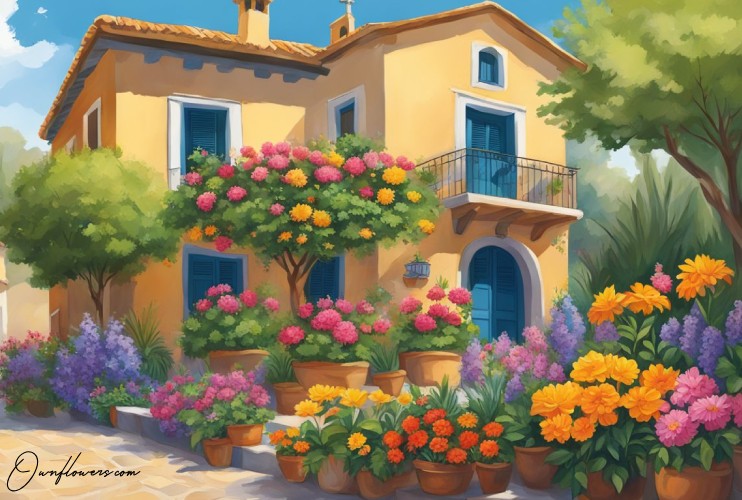
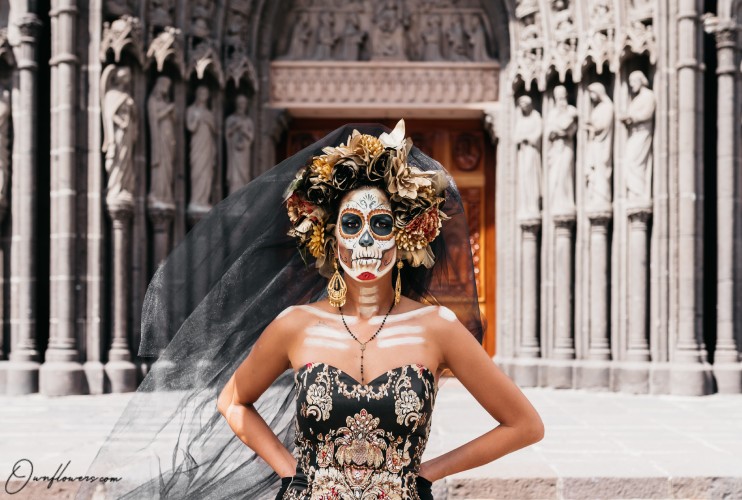
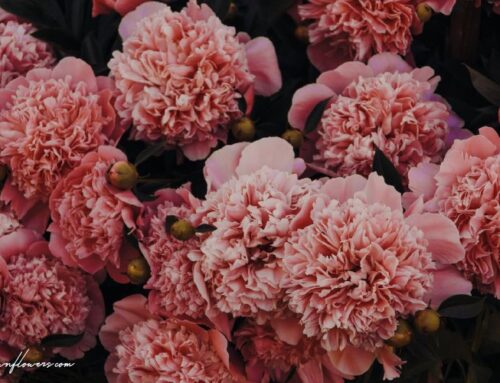

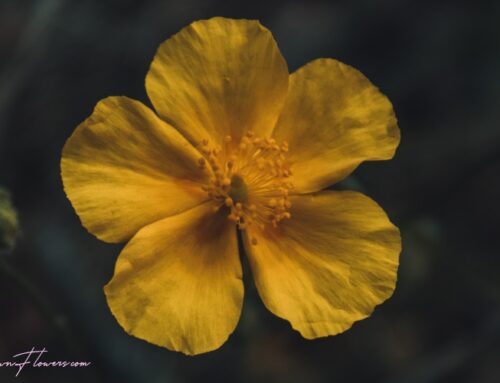
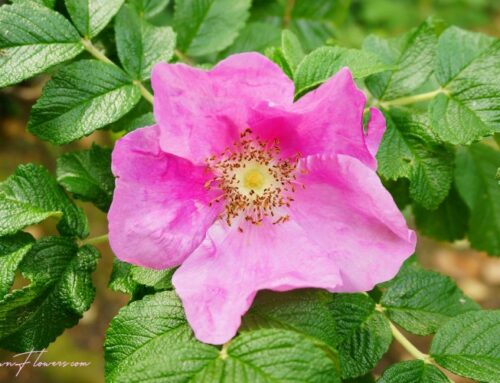

Leave A Comment
You must be logged in to post a comment.